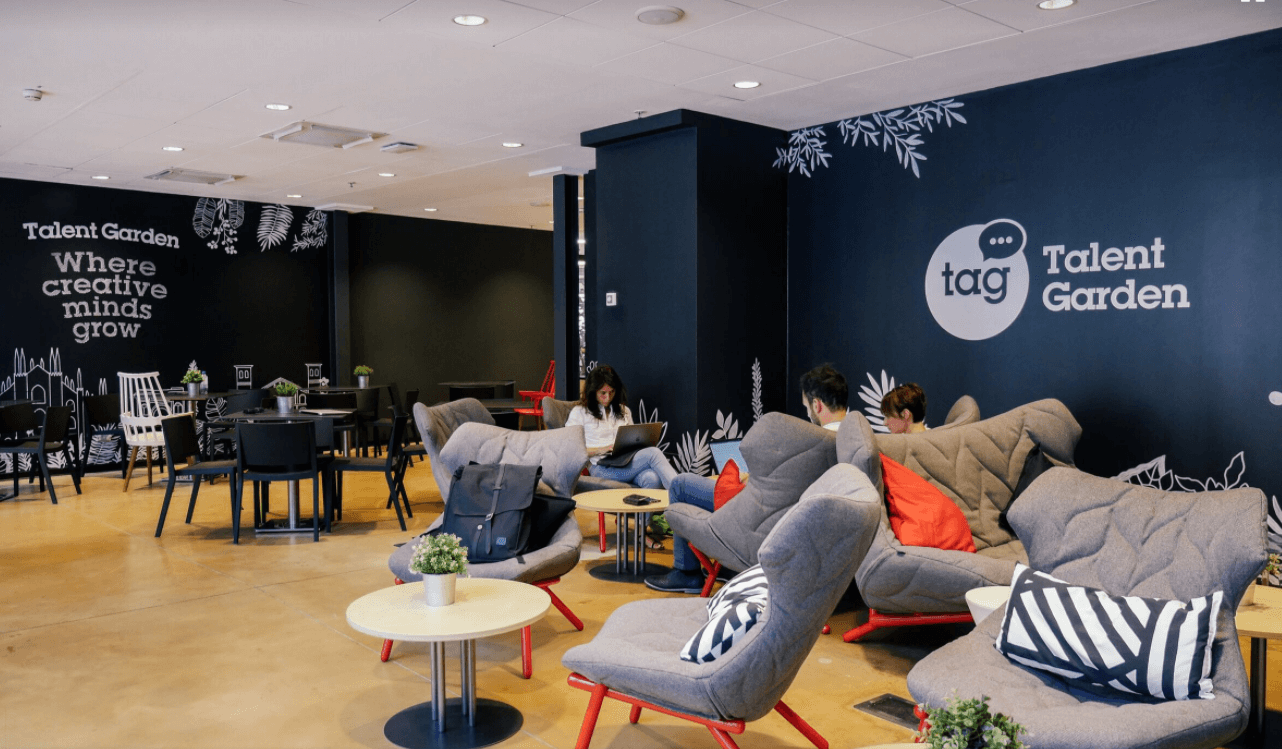

Don't you want to read? Try listening to the article in audio mode 🎧
Although COVID-19 has thrown the food industry into a state of flux, Foodtech companies have been working as hard as ever. Huge businesses, startups, accelerators, and other food technology projects are now looking for more than new revenues. Everybody’s actively investing in new and potentially disrupting ideas – not just to revive themselves after the crisis. We need new ideas to make our nutrition more efficient, resourceful, and sustainable. After all, we have to double global food production by 2050 to feed an ever-increasing human population. Foodtech trends are a good indication of how we might tackle this major challenge. In this blog, we’re going to take a quick look at four trends worth your attention.
 Carrefour, one of the largest retailers in Europe, is a pioneer in using these innovative strategies. The company has implemented blockchain to allow tracing the origin of many products. Every customer can get such poultry batch information as dates, places, potential treatments, and distribution channels. Carrefour has been extending the range of traced products - recent additions include salmon eggs, Camembert cheese, oranges, and fresh milk. The company has also been sharing this news with extensive content marketing campaigns - blog articles, reports, and videos. This blog post from Carrefour’s blog explains how the company is taking advantage of blockchain to trace the origin of Norwegian salmon.
Carrefour, one of the largest retailers in Europe, is a pioneer in using these innovative strategies. The company has implemented blockchain to allow tracing the origin of many products. Every customer can get such poultry batch information as dates, places, potential treatments, and distribution channels. Carrefour has been extending the range of traced products - recent additions include salmon eggs, Camembert cheese, oranges, and fresh milk. The company has also been sharing this news with extensive content marketing campaigns - blog articles, reports, and videos. This blog post from Carrefour’s blog explains how the company is taking advantage of blockchain to trace the origin of Norwegian salmon.  Source Tracking the origin of products is easy. A customer downloads an app, scans a QR code on a product packaging, and gets access to an interface with a wealth of data on production, logistics, and origin. All that, thanks to Blockchain, which allows recording every contact point of food products during their journey from field to fork. In 2021, more companies should join Carrefour in adding this functionality and increase food safety and control.
Source Tracking the origin of products is easy. A customer downloads an app, scans a QR code on a product packaging, and gets access to an interface with a wealth of data on production, logistics, and origin. All that, thanks to Blockchain, which allows recording every contact point of food products during their journey from field to fork. In 2021, more companies should join Carrefour in adding this functionality and increase food safety and control.
 Source We can break down the market of biological protein into four categories: 1 | Plant protein. Most popular among alternative protein sources, it’s derived from protein-rich seeds through a process called fractionation. 2 | Insect protein. Crickets and grasshoppers are a good source of protein that producers are currently exploring 3 | Mycoprotein. Products made from fungal biomass are high in protein, fibre, and have no cholesterol 4 | Cultured meat. Uses a tissue-culture technology to regenerate a single cell to create muscle tissue that resembles animal muscles. The technology of producing alternative protein has been advancing rapidly. The products made from cultured meat - often called “lab-grown burgers” - are a result of non-invasive, pain-free microbiopsy that captures animal cells. Cultured meat producers differentiate muscle cells and regenerate them as it would occur naturally in the animal. A UK-based startup 3D Bio-Tissues, for example, uses cellular meat production technology to recreate the complex structure of livestock tissue with just a few cells. To create cultured meat– Cells are put into a nutrient-rich medium where they divide. Based on this process, meat producers would avoid killing animals and still produce huge amounts of food. This emerging food technology should become a major industry based on the interest displayed by many sustainable Foodtech and agriculture companies.
Source We can break down the market of biological protein into four categories: 1 | Plant protein. Most popular among alternative protein sources, it’s derived from protein-rich seeds through a process called fractionation. 2 | Insect protein. Crickets and grasshoppers are a good source of protein that producers are currently exploring 3 | Mycoprotein. Products made from fungal biomass are high in protein, fibre, and have no cholesterol 4 | Cultured meat. Uses a tissue-culture technology to regenerate a single cell to create muscle tissue that resembles animal muscles. The technology of producing alternative protein has been advancing rapidly. The products made from cultured meat - often called “lab-grown burgers” - are a result of non-invasive, pain-free microbiopsy that captures animal cells. Cultured meat producers differentiate muscle cells and regenerate them as it would occur naturally in the animal. A UK-based startup 3D Bio-Tissues, for example, uses cellular meat production technology to recreate the complex structure of livestock tissue with just a few cells. To create cultured meat– Cells are put into a nutrient-rich medium where they divide. Based on this process, meat producers would avoid killing animals and still produce huge amounts of food. This emerging food technology should become a major industry based on the interest displayed by many sustainable Foodtech and agriculture companies.
 Talent Garden Isola. Source: Archello Campuses like the ones of Talent Garden attract startup professionals, venture capitalists, universities, incubators, food producers, and lawmakers. By allowing them to network and exchange innovative business ideas, the campus can become a major local center for digital development and business events related to Foodtech. Foodtech hubs and research centers are opening in Germany, the UK, Spain, and the US. They are one of the drivers helping startups spread awareness of their innovative products and services, attracting more investments. Which, by the way, have been increasing in all sub-categories. (AgFunder Agri-FoodTech Investing Report).
Talent Garden Isola. Source: Archello Campuses like the ones of Talent Garden attract startup professionals, venture capitalists, universities, incubators, food producers, and lawmakers. By allowing them to network and exchange innovative business ideas, the campus can become a major local center for digital development and business events related to Foodtech. Foodtech hubs and research centers are opening in Germany, the UK, Spain, and the US. They are one of the drivers helping startups spread awareness of their innovative products and services, attracting more investments. Which, by the way, have been increasing in all sub-categories. (AgFunder Agri-FoodTech Investing Report).  Source: AgFunder According to AgFunder, Europe alone has secured a 94 percent increase in agri-foodtech funding. With notable investors, including such big names as Microsoft, Sequoia, and Amazon, the industry is poised for huge growth in the next few years.
Source: AgFunder According to AgFunder, Europe alone has secured a 94 percent increase in agri-foodtech funding. With notable investors, including such big names as Microsoft, Sequoia, and Amazon, the industry is poised for huge growth in the next few years.
 Source: Buddy Nutrition Creating a chatbot is easy these days. They come as pre-developed templates that are ready to use. Or, you can develop your own - there’s plenty of free chatbot builders around. Conversational AI will be a part of helping Foodtech companies and startups to: 1 | Share the knowledge about themselves and their products with others. A chatbot can be like a PR person who works 24/7 without breaks. 2 | Answer FAQs like product nutrition value. 3 | Help Foodtech companies build data science competency thanks to the collected customer data. 4 | Accept food delivery orders and update customers. 5 | Collect feedback from customers about products and services. 6 | Book meetings with the company’s marketing team members. The automation possibilities are many, so Foodtech companies can benefit greatly from using custom chatbots to communicate with their communities, customers, and researchers. That’s why the use of conversational AI in Foodtech should increase next year.
Source: Buddy Nutrition Creating a chatbot is easy these days. They come as pre-developed templates that are ready to use. Or, you can develop your own - there’s plenty of free chatbot builders around. Conversational AI will be a part of helping Foodtech companies and startups to: 1 | Share the knowledge about themselves and their products with others. A chatbot can be like a PR person who works 24/7 without breaks. 2 | Answer FAQs like product nutrition value. 3 | Help Foodtech companies build data science competency thanks to the collected customer data. 4 | Accept food delivery orders and update customers. 5 | Collect feedback from customers about products and services. 6 | Book meetings with the company’s marketing team members. The automation possibilities are many, so Foodtech companies can benefit greatly from using custom chatbots to communicate with their communities, customers, and researchers. That’s why the use of conversational AI in Foodtech should increase next year.
1 | Food Traceability with Blockchain
Food traceability is the ability to track the flow of foods throughout the supply chain, allowing to monitor its origin and movement. This feature is essential to increasing food safety and increasing the operational efficiency of companies. Blockchain has been helping large businesses achieve these goals. A Dutch study has shown that technology can trace food products’ origin and logistics chains through these strategies. Carrefour, one of the largest retailers in Europe, is a pioneer in using these innovative strategies. The company has implemented blockchain to allow tracing the origin of many products. Every customer can get such poultry batch information as dates, places, potential treatments, and distribution channels. Carrefour has been extending the range of traced products - recent additions include salmon eggs, Camembert cheese, oranges, and fresh milk. The company has also been sharing this news with extensive content marketing campaigns - blog articles, reports, and videos. This blog post from Carrefour’s blog explains how the company is taking advantage of blockchain to trace the origin of Norwegian salmon.
Carrefour, one of the largest retailers in Europe, is a pioneer in using these innovative strategies. The company has implemented blockchain to allow tracing the origin of many products. Every customer can get such poultry batch information as dates, places, potential treatments, and distribution channels. Carrefour has been extending the range of traced products - recent additions include salmon eggs, Camembert cheese, oranges, and fresh milk. The company has also been sharing this news with extensive content marketing campaigns - blog articles, reports, and videos. This blog post from Carrefour’s blog explains how the company is taking advantage of blockchain to trace the origin of Norwegian salmon.  Source Tracking the origin of products is easy. A customer downloads an app, scans a QR code on a product packaging, and gets access to an interface with a wealth of data on production, logistics, and origin. All that, thanks to Blockchain, which allows recording every contact point of food products during their journey from field to fork. In 2021, more companies should join Carrefour in adding this functionality and increase food safety and control.
Source Tracking the origin of products is easy. A customer downloads an app, scans a QR code on a product packaging, and gets access to an interface with a wealth of data on production, logistics, and origin. All that, thanks to Blockchain, which allows recording every contact point of food products during their journey from field to fork. In 2021, more companies should join Carrefour in adding this functionality and increase food safety and control.
2 | Biological Protein Production Technology
The animal protein industry is on the verge of a major disruption. Alternative-protein producers have been successful at providing vegetarian options of popular menu items, and people love it (and want more). In fact, internet queries for alternative protein diets - those that don’t contribute to animal cruelty - have been increasing rapidly since 2009, says Mckinsey. Source We can break down the market of biological protein into four categories: 1 | Plant protein. Most popular among alternative protein sources, it’s derived from protein-rich seeds through a process called fractionation. 2 | Insect protein. Crickets and grasshoppers are a good source of protein that producers are currently exploring 3 | Mycoprotein. Products made from fungal biomass are high in protein, fibre, and have no cholesterol 4 | Cultured meat. Uses a tissue-culture technology to regenerate a single cell to create muscle tissue that resembles animal muscles. The technology of producing alternative protein has been advancing rapidly. The products made from cultured meat - often called “lab-grown burgers” - are a result of non-invasive, pain-free microbiopsy that captures animal cells. Cultured meat producers differentiate muscle cells and regenerate them as it would occur naturally in the animal. A UK-based startup 3D Bio-Tissues, for example, uses cellular meat production technology to recreate the complex structure of livestock tissue with just a few cells. To create cultured meat– Cells are put into a nutrient-rich medium where they divide. Based on this process, meat producers would avoid killing animals and still produce huge amounts of food. This emerging food technology should become a major industry based on the interest displayed by many sustainable Foodtech and agriculture companies.
Source We can break down the market of biological protein into four categories: 1 | Plant protein. Most popular among alternative protein sources, it’s derived from protein-rich seeds through a process called fractionation. 2 | Insect protein. Crickets and grasshoppers are a good source of protein that producers are currently exploring 3 | Mycoprotein. Products made from fungal biomass are high in protein, fibre, and have no cholesterol 4 | Cultured meat. Uses a tissue-culture technology to regenerate a single cell to create muscle tissue that resembles animal muscles. The technology of producing alternative protein has been advancing rapidly. The products made from cultured meat - often called “lab-grown burgers” - are a result of non-invasive, pain-free microbiopsy that captures animal cells. Cultured meat producers differentiate muscle cells and regenerate them as it would occur naturally in the animal. A UK-based startup 3D Bio-Tissues, for example, uses cellular meat production technology to recreate the complex structure of livestock tissue with just a few cells. To create cultured meat– Cells are put into a nutrient-rich medium where they divide. Based on this process, meat producers would avoid killing animals and still produce huge amounts of food. This emerging food technology should become a major industry based on the interest displayed by many sustainable Foodtech and agriculture companies.
3 | Foodtech Hubs
Like any other industry, Foodtech requires constant innovation to grow. Foodtech and sustainability hubs are the way to bring innovative food businesses together and accelerate the budding industry. The role of Foodtech hubs in supporting the development of innovative food solutions is significant. They are becoming places that:- Facilitate the dialog between big food corporations and startups working on new Foodtech technologies
- Attract investments into the Foodtech industry
- Spread the awareness of innovative food technologies
- Develop software for the food industry.
 Talent Garden Isola. Source: Archello Campuses like the ones of Talent Garden attract startup professionals, venture capitalists, universities, incubators, food producers, and lawmakers. By allowing them to network and exchange innovative business ideas, the campus can become a major local center for digital development and business events related to Foodtech. Foodtech hubs and research centers are opening in Germany, the UK, Spain, and the US. They are one of the drivers helping startups spread awareness of their innovative products and services, attracting more investments. Which, by the way, have been increasing in all sub-categories. (AgFunder Agri-FoodTech Investing Report).
Talent Garden Isola. Source: Archello Campuses like the ones of Talent Garden attract startup professionals, venture capitalists, universities, incubators, food producers, and lawmakers. By allowing them to network and exchange innovative business ideas, the campus can become a major local center for digital development and business events related to Foodtech. Foodtech hubs and research centers are opening in Germany, the UK, Spain, and the US. They are one of the drivers helping startups spread awareness of their innovative products and services, attracting more investments. Which, by the way, have been increasing in all sub-categories. (AgFunder Agri-FoodTech Investing Report).  Source: AgFunder According to AgFunder, Europe alone has secured a 94 percent increase in agri-foodtech funding. With notable investors, including such big names as Microsoft, Sequoia, and Amazon, the industry is poised for huge growth in the next few years.
Source: AgFunder According to AgFunder, Europe alone has secured a 94 percent increase in agri-foodtech funding. With notable investors, including such big names as Microsoft, Sequoia, and Amazon, the industry is poised for huge growth in the next few years.
4 | Conversational AI
Conversational AI uses natural language processing and other AI technologies to mimic interactions with humans. It represents a great opportunity for Foodtech companies facing an increasing amount of orders and a need for quality customer service. A chatbot is an example. It can answer the most common questions about the company, products, or technology, help to personalize products, and make reservations in restaurants. Conversational AI in the times of the pandemic hasn’t stopped the rapid development. There are already many examples of innovative chatbots and other conversational interfaces that food companies are using to promote products. For example, the chatbot at Buddy Nutrition store helps visitors personalize their vitamin boxes by having them answer a series of simple questions. Here’s how this conversation looks like. The chatbot asks questions, and the visitor types in the answers in the special box. The vitamin bottle to the right shows the progress of the conversation. Source: Buddy Nutrition Creating a chatbot is easy these days. They come as pre-developed templates that are ready to use. Or, you can develop your own - there’s plenty of free chatbot builders around. Conversational AI will be a part of helping Foodtech companies and startups to: 1 | Share the knowledge about themselves and their products with others. A chatbot can be like a PR person who works 24/7 without breaks. 2 | Answer FAQs like product nutrition value. 3 | Help Foodtech companies build data science competency thanks to the collected customer data. 4 | Accept food delivery orders and update customers. 5 | Collect feedback from customers about products and services. 6 | Book meetings with the company’s marketing team members. The automation possibilities are many, so Foodtech companies can benefit greatly from using custom chatbots to communicate with their communities, customers, and researchers. That’s why the use of conversational AI in Foodtech should increase next year.
Source: Buddy Nutrition Creating a chatbot is easy these days. They come as pre-developed templates that are ready to use. Or, you can develop your own - there’s plenty of free chatbot builders around. Conversational AI will be a part of helping Foodtech companies and startups to: 1 | Share the knowledge about themselves and their products with others. A chatbot can be like a PR person who works 24/7 without breaks. 2 | Answer FAQs like product nutrition value. 3 | Help Foodtech companies build data science competency thanks to the collected customer data. 4 | Accept food delivery orders and update customers. 5 | Collect feedback from customers about products and services. 6 | Book meetings with the company’s marketing team members. The automation possibilities are many, so Foodtech companies can benefit greatly from using custom chatbots to communicate with their communities, customers, and researchers. That’s why the use of conversational AI in Foodtech should increase next year.
Foodtech Trends in 2021: Summary
The Foodtech industry is booming despite the pandemic. Innovative companies are coming up with an increasing amount of exciting products and technologies to meet the growing needs of customers. Some of the most exciting trends for 2021 are:- Food traceability with blockchain
- Biological protein production
- Foodtech campuses
- Conversational AI.
AUTHOR BIO
Dorian Martin is a professional freelance writer and editor specializing in digital marketing, SaaS, and tech. He applies his deep knowledge and experience to write detailed guides, articles, ebooks, and white papers. Visit his site to read more of his blogs.
Article updated on: 09 October 2023

Don't Waste Your Talent. Turn It Into a Career With a Course That Fits Your Needs!
Talent Garden is your Digital Skills Academy, offering courses in Digital Marketing, UX Design, Digital HR and Data Analysis designed to launch your career.
Keep reading
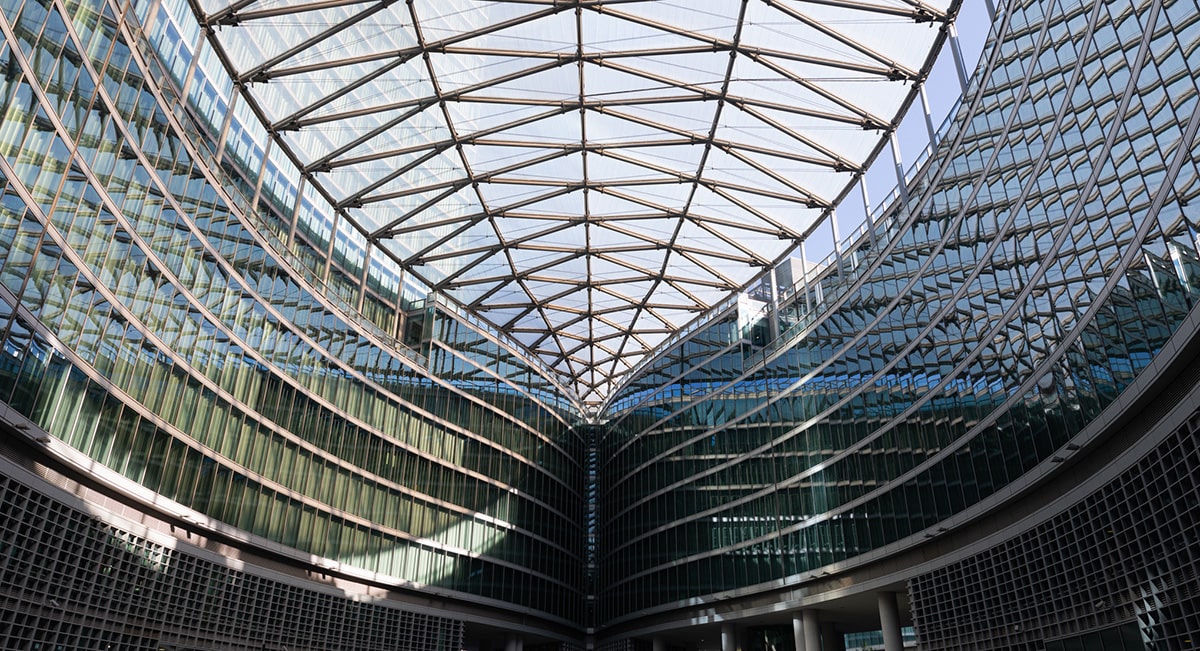
3
min read
Talent Garden Isola: the first campus dedicated to foodtech and sustainability
On the 12th of September, we officially launched Talent Garden Isola the third campus in Milan and our first space that ...
Talent Garden
12/09/2019
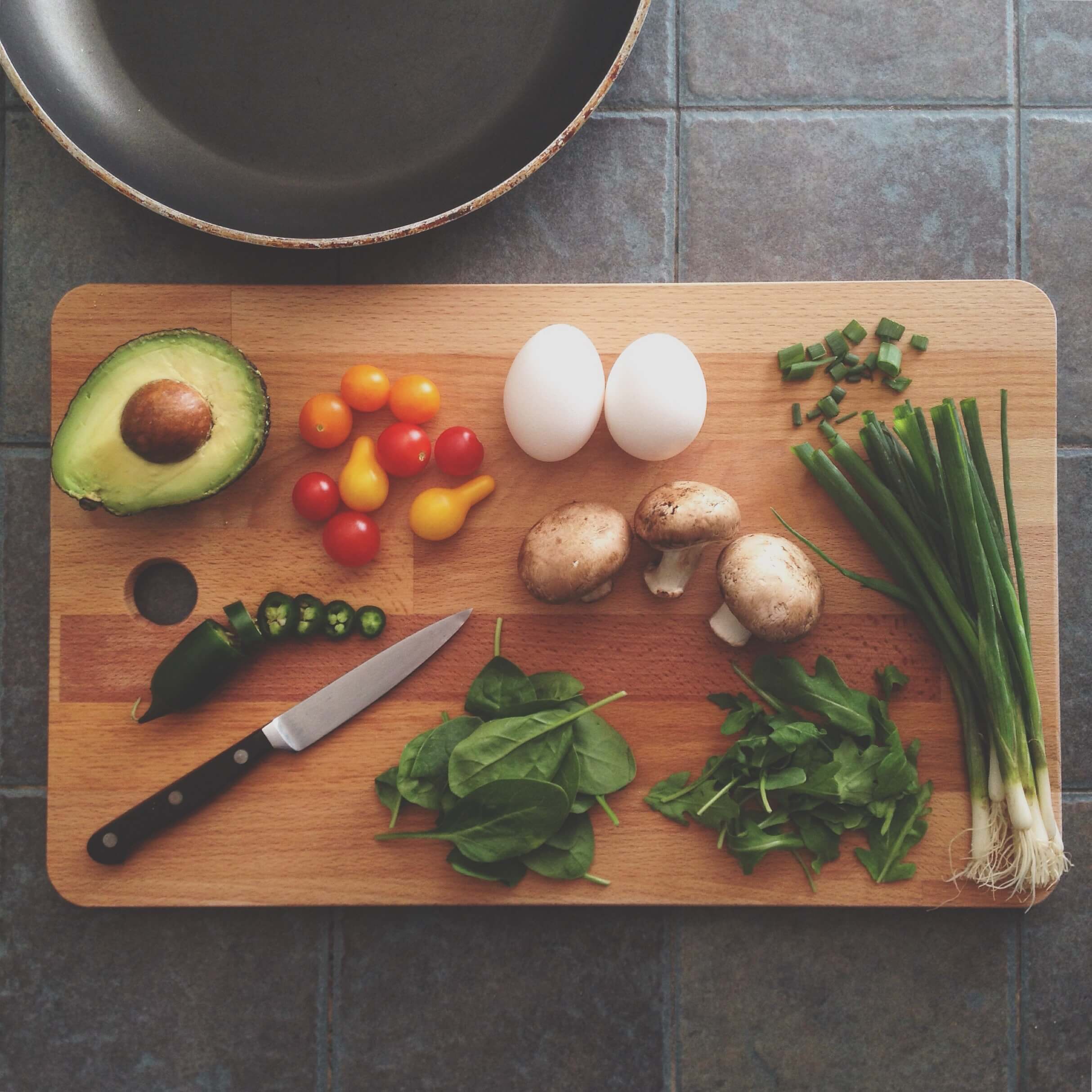
4
min read
How will we eat and what will we eat in the future?
All in all, the food sector has been heavily impacted in the last few months during the COVID-19 global pandemic and ...
Talent Garden
09/06/2020
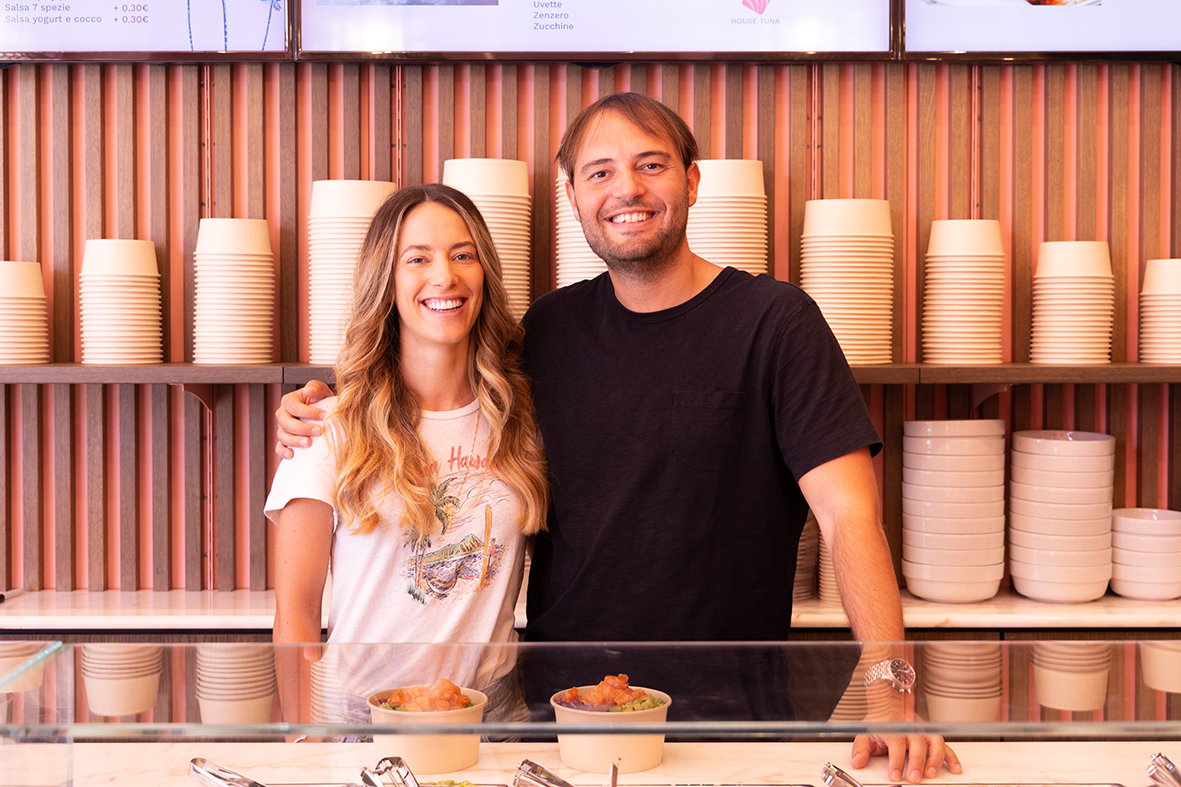
4
min read
Innovation and genuine food: the recipe of success by Poke House
Maybe you didn't know that behind Poke House lies a trip to California. The West Coast and its healthy and dynamic ...
Talent Garden
08/09/2020
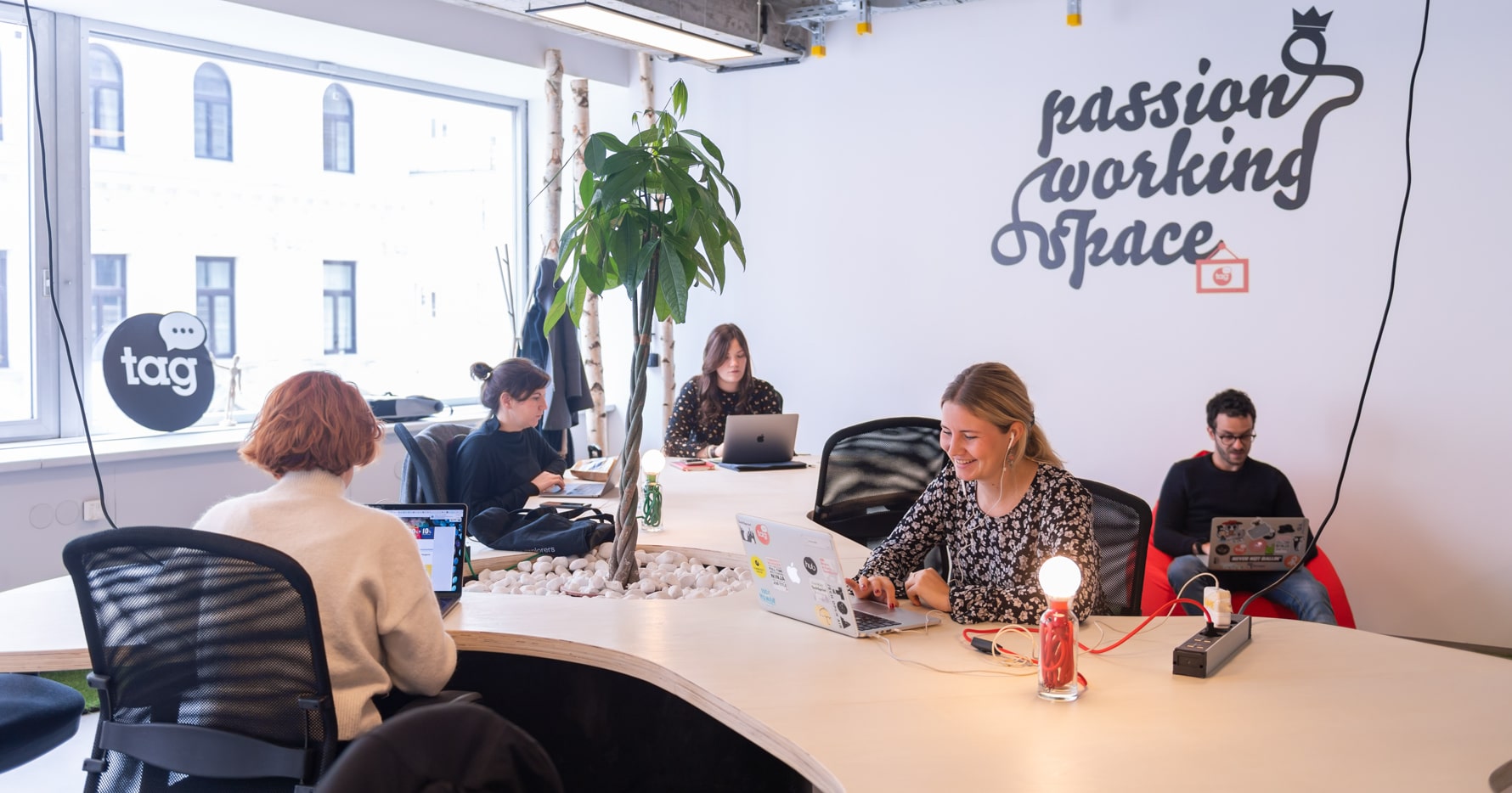
3
min read
5 Reasons Why You Should Choose a Coworking Space in Vienna
Vienna is buzzing with entrepreneurial energy, making it a go-to destination for startups, especially in tech. The city ...
Talent Garden
03/04/2019
